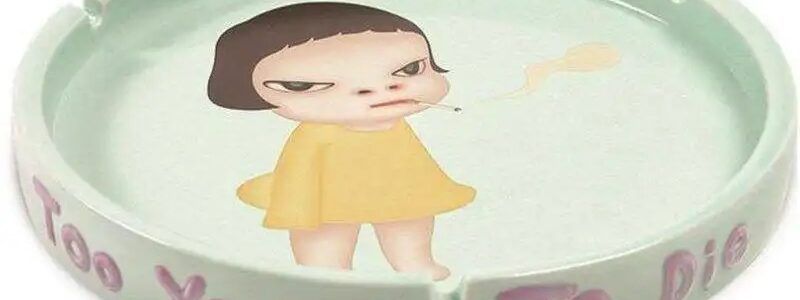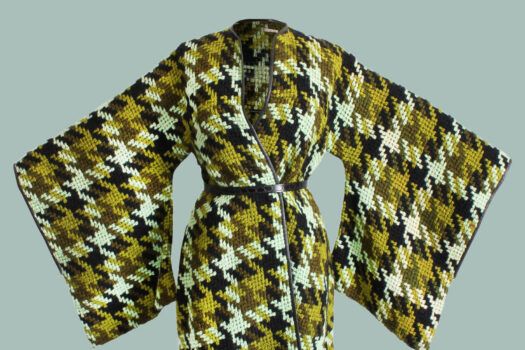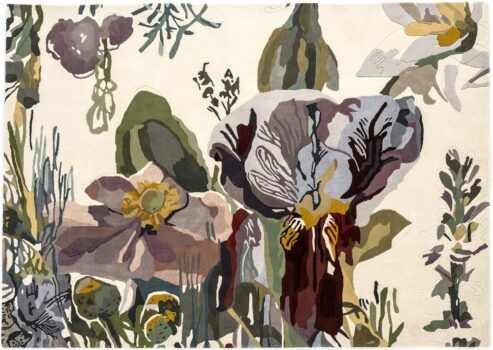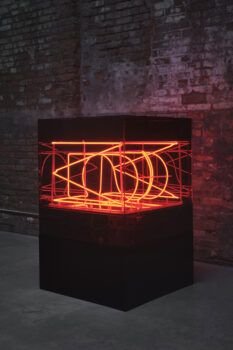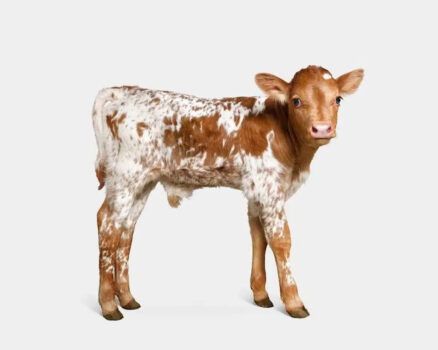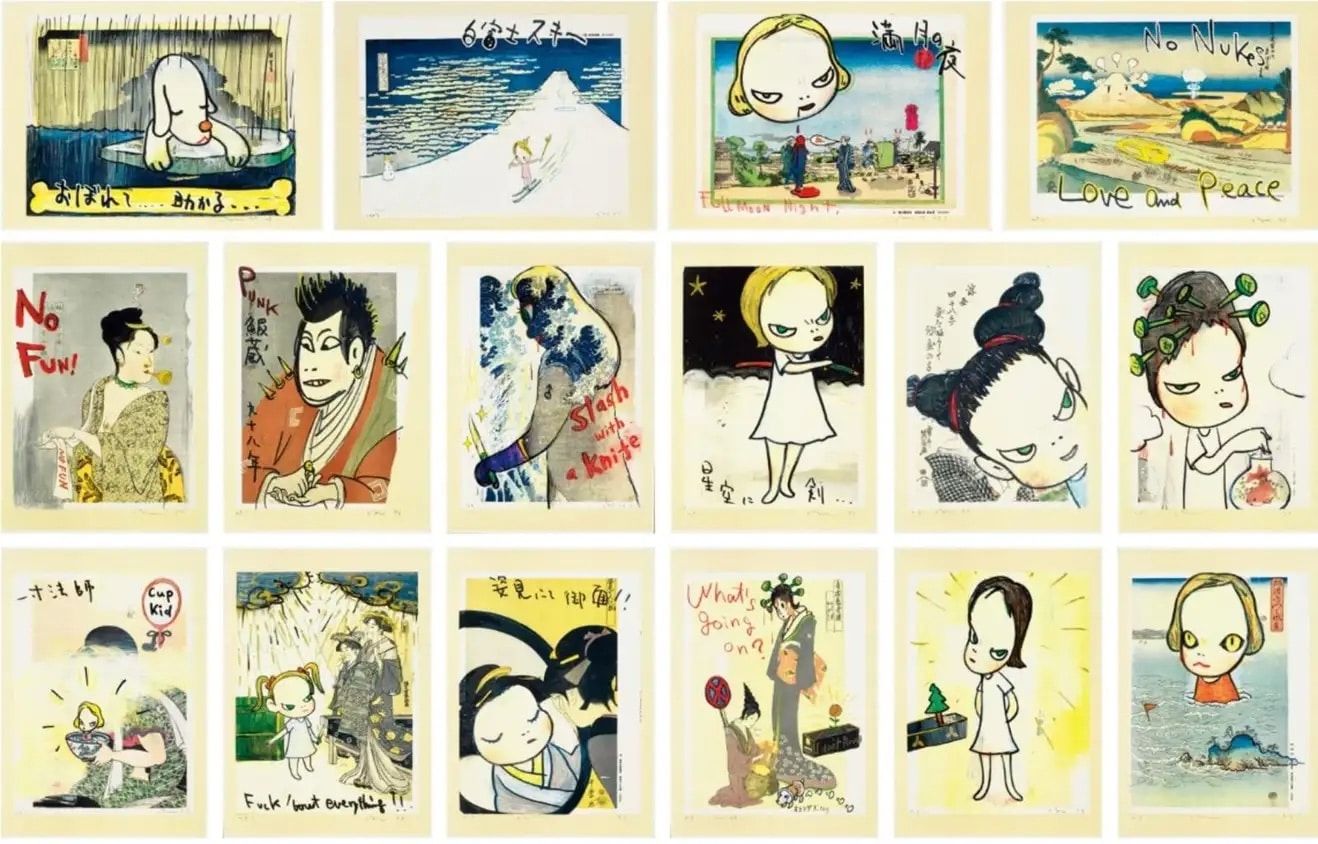
As a Japanese artist living in Germany from 1988 to 2000, Yoshitomo Nara felt like an outcast. He’d moved there to study at the Kunstakademie Düsseldorf and settled in Cologne after art school to grow his career. He looked different from the Germans and didn’t quite have a handle on the language. Added to that, he was a bit of a punk rocker and a graffiti writer.
To express himself, Nara would draw cartoonish characters of rebellious, grumpy-looking, wily-eyed kids and dogs, which is still his métier today. Little did Nara know back then that his characters and Superflat style would make him an art star in the 21st century.
In the fantastic “In the Floating World” suite of 16 reworked woodcut and Fuji Xerox prints, offered by CURIO Tokyo Gallery, Nara directs his angst at the historic ukiyo-e (floating world) woodblock prints created by Japanese masters. Each composition alters or marks over a different famous scene.
We see a blond girl carefreely skiing down the snow-packed slope of Hokusai’s Red Fuji, 1830–31; Sharaku’s 1794 portrait of actor Ichikawa Ebizo embellished with a mohawk and punky spikes on his kimono; a gigantic, solemn pup clinging to a Lake Biwa peninsula in Hiroshige’s moody Night Rain at Karasaki, ca. 1835. Other scenes are made fun of and contemporized with scrawled phrases like “No Fun!” “What’s Going On?” and “No Nukes.” Given that Nara’s works generally have plain backgrounds, these are some of his fullest and busiest compositions to date, even if they riff on works of long-dead printmakers from the Edo period.
Nara made “In the Floating World” in 1999, just before he returned home after a dozen years overseas. Maybe the compositions were a coping mechanism as he grappled with feeling like an alien in Europe and ambivalent about going back to Asia. Or maybe Nara was staking his claim as the next great figure in Japanese art history.
